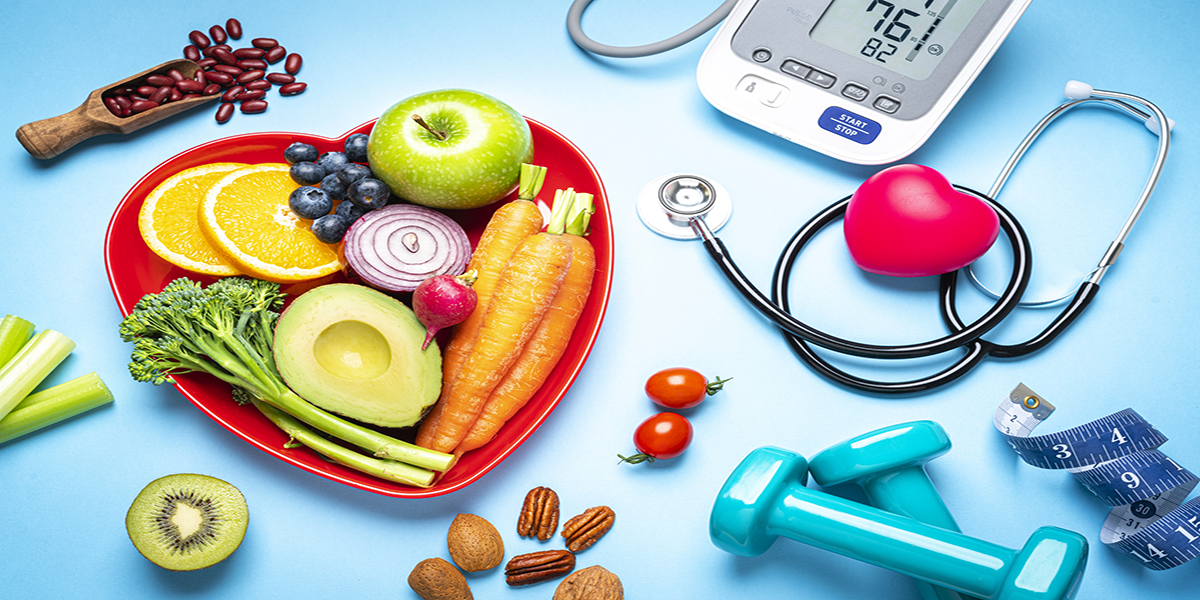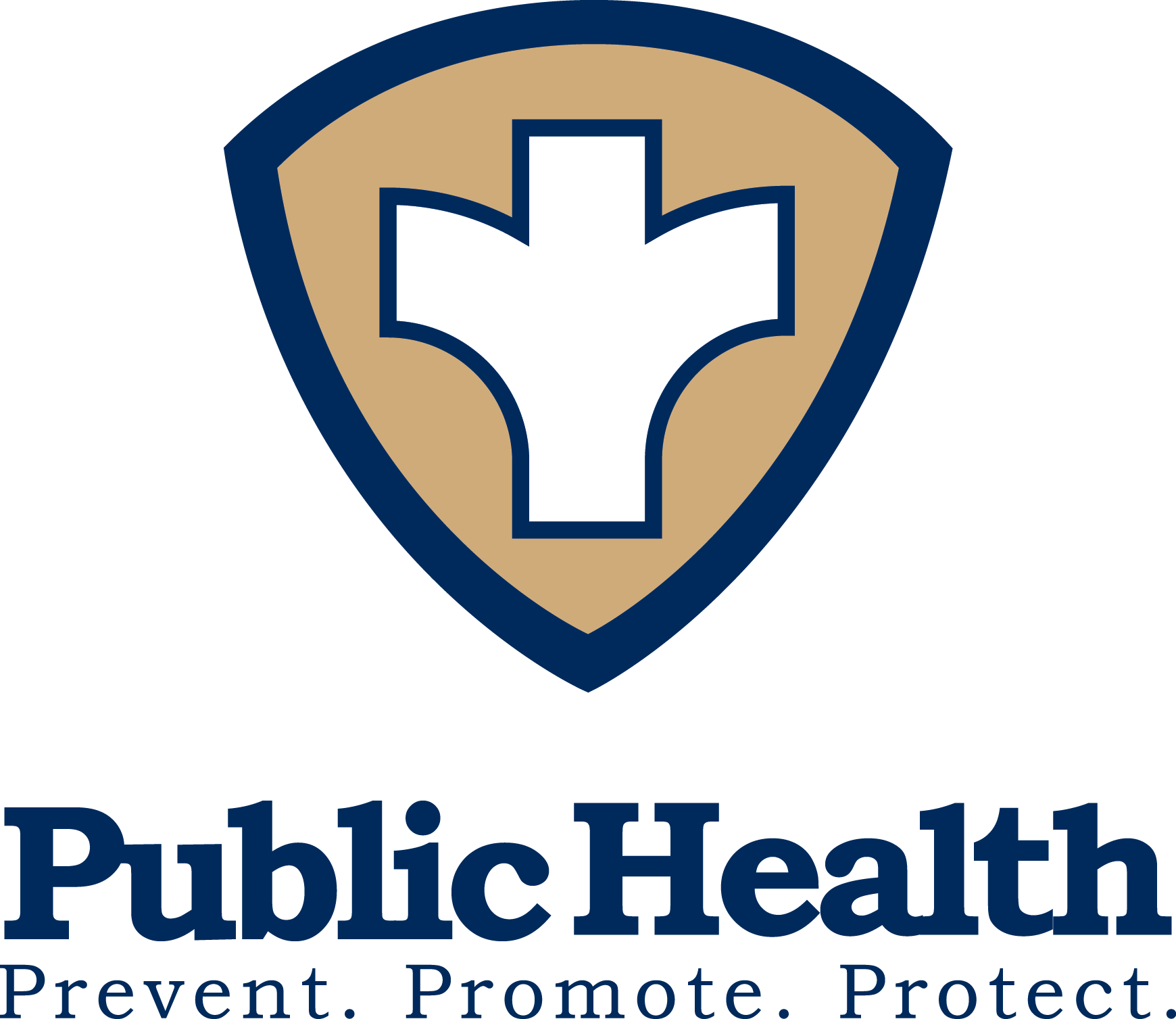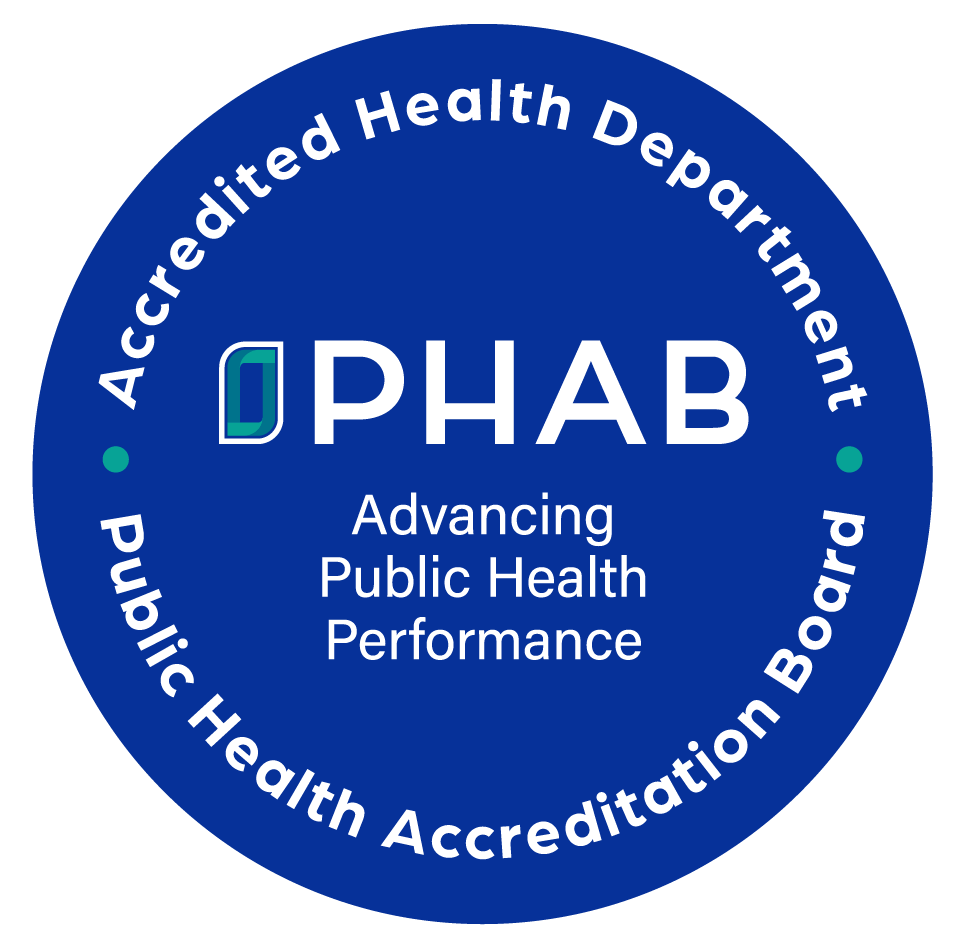
SPEAKING OF PUBLIC HEALTH:
FOOD SAFETY BOTULISM
We know the deadly foodborne botulism is caused by eating foods that are contaminated with botulinum toxin. Before we talk about how to prevent the botulism, it is important to know what is botulinum and its toxin, how foods get contaminated and why home-canned foods are usually the causes.
Botulinum (also known as Clostridium Botulinum) is an obligate anaerobic, spore-forming bacterium. It is commonly found in soils and in the guts of fish, birds and mammals. Let’s talk about what those mean when it comes to food safety:
First, since the botulinum is commonly found in soils, it may contaminate fruits and vegetables that grow in or on the soil along with many other pathogens. That is the reason we should always wash all the fruits and vegetable thoroughly before we eat, cook or prepare them. It is also very important to wash our hands with soap and warm running water for twenty seconds before we start any food preparation. Use a sanitizing solution of one tablespoon of liquid, unscented Clorox bleach to one gallon of warm water to sanitize all the work surfaces, including your cutting board and all utensils.
Second, obligate anaerobic means that this bacterium can only live and grow in an environment that is lacking oxygen. Most bacteria, just like you and I, need oxygen to grow, such as the bacteria that causes food spoilage and the bacteria that causes other common food poisonings (salmonella, E. coli, etc.). So, in order to preserve foods for later consumption, we use a canning process to cut off the oxygen. This process prevents the growth of most bacteria. On the other hand, we then create a perfect environment for botulinum to grow. There are other food preparation or preservation practices that also remove oxygen and therefore, promote the growth of botulinum, such as:
Vacuum packaging
- Onions or mushrooms sautéed in butter or oil
- Garlic in oil and herb infused oils
- Baked potatoes sealed in aluminum foil
- Fermented food (meat, fish, bean curd and pruno, just to name few)
- Home-made sauces, cheese sauce
These foods must be stored out of the food temperature danger zone (between 41°F and 135°F). Within the temperature danger zone, the bacteria will grow, multiply and some will produce a toxin like botulinum. This is why we always keep cold food cold (below 41°F) and hot food hot (above 135°F). To make sure your refrigerator is set at the correct temperature, place a thermometer in the warmest area of your refrigerator. To make sure your food is cooked or held at the right temperature, always use a probe thermometer to check the internal temperature of the food.
Third, spore-forming means that this bacterium can form a spore with a hard, protective coating if it’s environment becomes unfavorable. Within this hard coating, the botulinum can survive for weeks, months even years through drought, heat and freezing temperatures. Some studies show that the botulinum spores may not be destroyed under the home-canning process at temperatures below 250°F (while boiling temperature is 212°F at the sea level). When the environment becomes favorable, such as no oxygen, low acidity, room temperature and high moisture (just like in a canning process of vegetables) the spore will become active again and will produce deadly neurotoxin while it grows. Thus, canning low-acid vegetables (corns, green beans, peppers, potatoes, etc.), meats, fish and poultry requires the use of a pressure canner on the high pressure setting. Under the high pressure setting of fifteen pounds per square inch, temperatures can reach 250°F which will kill the botulinum spores. To ensure the accuracy of the pressure gauge on your pressure cooker, make sure to calibrate it periodically. For more information on home canning or other methods of food preservation, please visit the US Department of Agriculture’s National Center for Home Food Preservation website at nchfp.uga.edu
In addition, the botulinum neurotoxin is also somewhat heat resistant and stable even in an acidic environment. To destroy the toxin, boil all home-canned vegetables and meats without tasting for at least 10-20 minutes depending on the density of the food. Finally, the toxin is colorless, odorless and tasteless, which means that contaminated food may look, smell and taste normal. This leads us to the last rule of food safety---when in doubt, throw it out!
Hocking County Health Department offers free food safety training to any Hocking County resident or organization. If you have any questions about food safety or would like to schedule a food safety training class, contact us at 740-385-3030, ext. 2.
Speaking of Public Health Articles
Food Safety Botulism
Botulism
Tobacco Companies
Measles
Baby & Me
Radon
2014
Speaking of Public Health Articles
New Food Facility Plan Review
Influenza
Cessation Products
Countdown to the Thanksgiving Holiday-1
Countdown to the Thanksgiving Holiday-2
No More Excuses: You Need a Flu Vaccine
Fire Prevention Week
Groundwater
Child Passenger Safety
Flu Clinics
School Lunch Safety
Continuing Breastfeeding Awareness
Psoriasis
Celebrate Breastfeeding Awareness
Blood Pressure
Infant Mortality
Mosquitoes
Fireworks
School Shots
Sun Safety
Stand
Prevent Recreational Water Illnesses
Harmful Algal Blooms
Heart Disease
Surgeon General's Report
Birth defects
Blood Donations
Child Dental Health
Eating Disorders
Burns
National Nutrition Month
Sodium Awareness
World TB Day
Colorectal Cancer
Public Health Week
Mumps
Alcohol Awareness
Child Abuse
National Hepatitis Awareness Month
Rabies
Ticks
2013
Speaking of Public Health Articles
E-Cigarettes
Child Passenger Safety Week
Fetal Alcohol Spectrum Disorders
Immunize
Komen Grant
School Shots
Skin Cancer
Superfood
Breastfeeding
First Flu Clinic
Breast Cancer Awareness Month
Tailgating
Red Ribbon Week
Diabetes
Tobacco Free Schools
Great American Smokeout
Pertussis
Lung Cancer
Handwashing
Child flu shots


